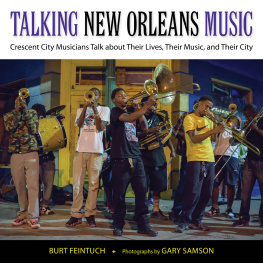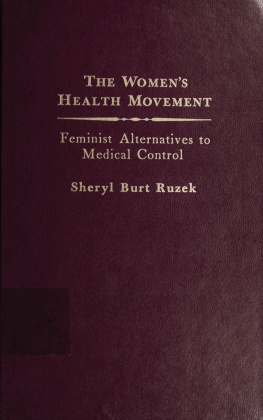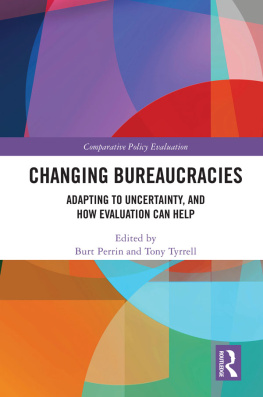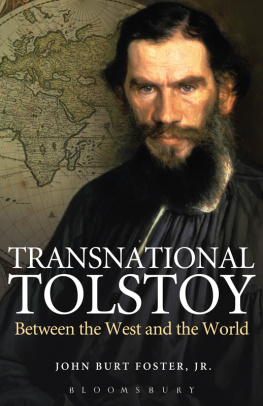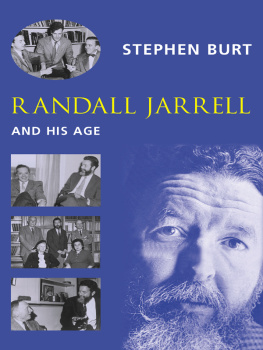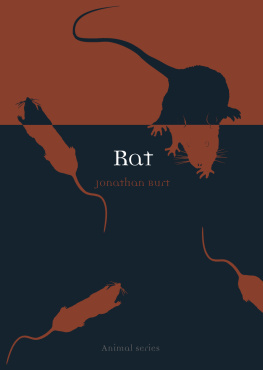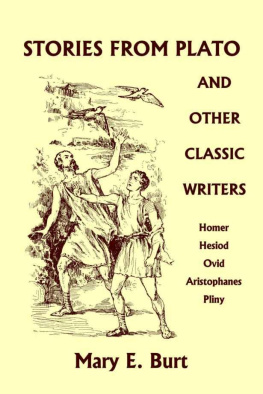2003 by the Board of Trustees
of the University of Illinois
All rights reserved
Manufactured in the United States of America
1 2 3 4 5 C P 6 5 4 3 2

This book is printed on acid-free paper.
Library of Congress Cataloging-in-Publication Data
Eight words for the study of expressive culture /
edited by Burt Feintuch.
p. cm.
Includes bibliographical references and index.
ISBN 978-0252028069 (cloth : alk. paper)
ISBN 978-0252071096 (pbk. : alk. paper)
I. FolkloreTerminology. 2. FolklorePhilosophy.
I. Feintuch, Burt, 1949 .
GR44.4.E44 2003
398.014dc21 2002008284
Acknowledgments
An earlier version of Eight Words appeared in 1995 as the final issue of the Journal of American Folklore, at the end of my five-year term as that publications editor. After that issue, which was titled Common Ground: Keywords for the Study of Expressive Culture, came out, I began hearing from friends and colleagues, some of whom I knew, others who were new to me. All said in one fashion or another that we had created an important and useful collection of essays, and that led to the idea of a book version. This is a significantly different publication from that special issue of a journal. Identity didnt figure at all in the 1995 version. Two of the other essays here are entirely different from their predecessors, and the authors of several others have edited or significantly revised their original contributions. Ive enjoyed having a second chance to get it right.
Quite a number of colleagues helped me choose my words. The conversation began in Journal of American Folklore editorial board meetings, and it moved outward from those sessions. I would like to thank Barbara Babcock, Richard Bauman, Charles Briggs, the late Gerald Davis, Linda Dgh, Mary Hufford, Barbara Kirshenblatt-Gimblett, Henry Glassie, Thomas Green, Elliott Oring, Gerald Pocius, Neil Rosenberg, Jack Santino, Amy Shuman, and Jeff Titon for their help. Thanks, too, to Judith McCulloh, Jeff Titon, Joanne Sacco, and Max Feintuch for their comments on earlier versions of this introduction, to Barbara Ward for her editorial assistance in shaping this volume the first time around, and to Jennifer Beard for her help in bringing this volume to press. Joan Howard provided a kind of editorial expertise I dont have, for which I am very grateful. At the University of New Hampshire, the College of Liberal Arts and the Department of English provided funding, and I thank Marilyn Hoskin and Shelly Lieber for that support. Finally, I am very grateful to John Bealle of John Bealle Indexing Services for his excellent work in creating the index for this volume.
BURT FEINTUCH
Introduction: Eight Words
Group, art, text, genre, performance, context, tradition, identity. No matter where we arein academic institutions, in cultural agencies, surrendering to the lure of the localthese are words we use when we talk about creative expression in its social contexts. We think with them. We teach with them. Much scholarship rests on them. They form a significant part of a set of conversations extending through centuries of thought about creativity, meaning, beauty, local knowledge, values, and community. If words have natural habitats, the environments for these range across scholarly disciplines and other fields of practice. On their own and in various combinations these eight words stand for much of what is good and enduring in being human. Together, they constitute a common ground for talking about expressive culture.
Common ground is a familiar rubric, implying shared spacephysical, emotional, conceptual, social, political, symbolic. I use it here to refer to the symbolic and the conceptual. Eight authors examine a set of words that are at the heart of conversations about expressive culture. Ive called these keywords, following Raymond Williamss magisterial 1976 book Keywords: A Vocabulary of Culture and Society. There Williams offers broad essays on words, such as culture, that in his view are at the foundation of the study of humankind. On that model this book presents essays on another set of keywords. These are words we need when we talk about cultures expressive realmsthe forms, processes, emotions, and ideas bound up in the social production of what Robert Plant Armstrong has called affecting presences, aesthetic forms and performances in everyday lifemusic, verbal art, play, material culture, celebration, ritual, and display. The notion of key has several facets that apply here. It implies centrality, importance; these words are key in discussions ranging across many constituencies. No matter whether you are an anthropologist, an arts administrator, a literary critic, or a museumgoer, these are likely to be among the words you use most as you ponder aesthetic expression. Keys open; I hope that this book will open new discussions of fundamental concepts. Key implies tone or pitch, and the eight authors here, all folklorists, share a certain inflection or attitude coming from our discipline. Although a key can also be the code or the answer, Eight Words stops short of making such a claim. But in a certain sense, the authors and I hope it contributes to cracking a code, laying open the ways in which common terms have come to be especially meaningful.
Group, art, text, genre, performance, context, tradition, identity. Deeply nuanced and always inflected by the moment, these are sonorous words. This books eight essays attempt what most of the authors would finally admit is impossible: to define words that are notoriously slippery. Each essay begins by offering a succinct characterization, an attempt to fix for a moment a useful, or operational, definition, all the while understanding that meaning is always circumstantial, not likely to be crystallized for more than a flash. Then the essays delve deeper, grounding those definitions in ways of knowing, histories of interpretation, and the authors own points of view, simultaneously examining their words ambiguities, abstruseness, and other contingencies, locating them in the conversations that produced them, and, at times, suggesting useful ways of employing them. If this book is really about shared conceptual spaces, each space is a point of departure or a reference point. Its not a final destination.
When I began this project, I had two seemingly contradictory goals. One has to do with interdisciplinary value. The other has to do with a single discipline. I wanted to create a lexicon with only a few entriesa fundamental stock of words, each with thoughtful exegesis, and I wanted it to appeal across disciplinary boundaries. For me, a frequently cited statement from Dell Hymes captures the essence of expressive culture. Hymes writes that the capacity for aesthetic experience, for shaping of deeply felt values into meaningful, apposite form, is present in all communities (1975:346). The very idea of expressive culture sweeps across scholarly disciplines and fields of criticism, as it stands for ways of thinking about how culture is expressed in artistic action and aesthetic medium. Go to the library catalog or search the Web, and you will find that discussions in many of the fields of the humanities and social sciences use the inventory of words in this book. These eight words really are, I am convinced, at the center of many conversations about socially based creativity, about the ways in which individual aesthetic and symbolic action is grounded in that hazy realm we term culture. Thats the first goal, the desire to make a book that speaks beyond disciplinary provincialism.


 This book is printed on acid-free paper.
This book is printed on acid-free paper.
